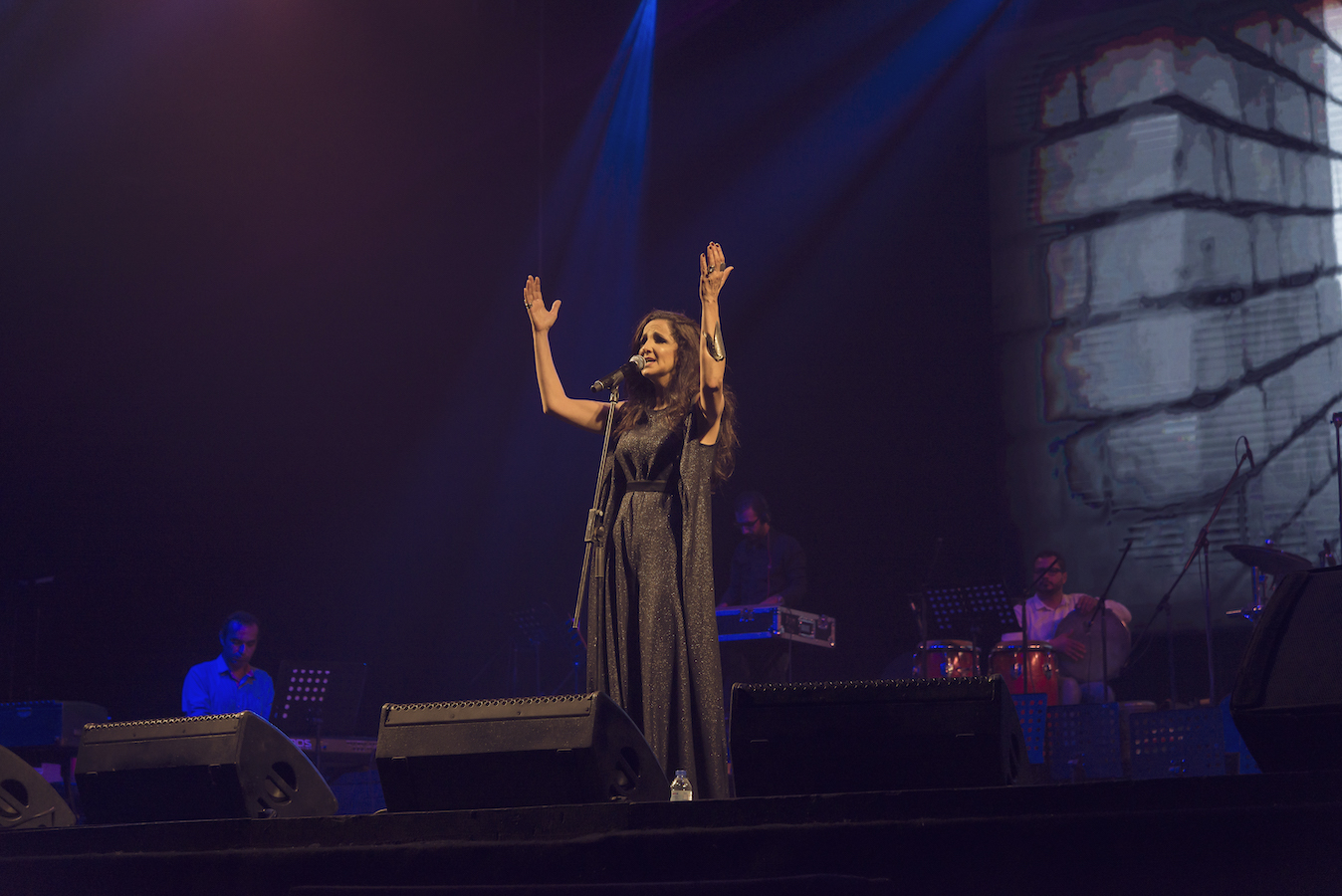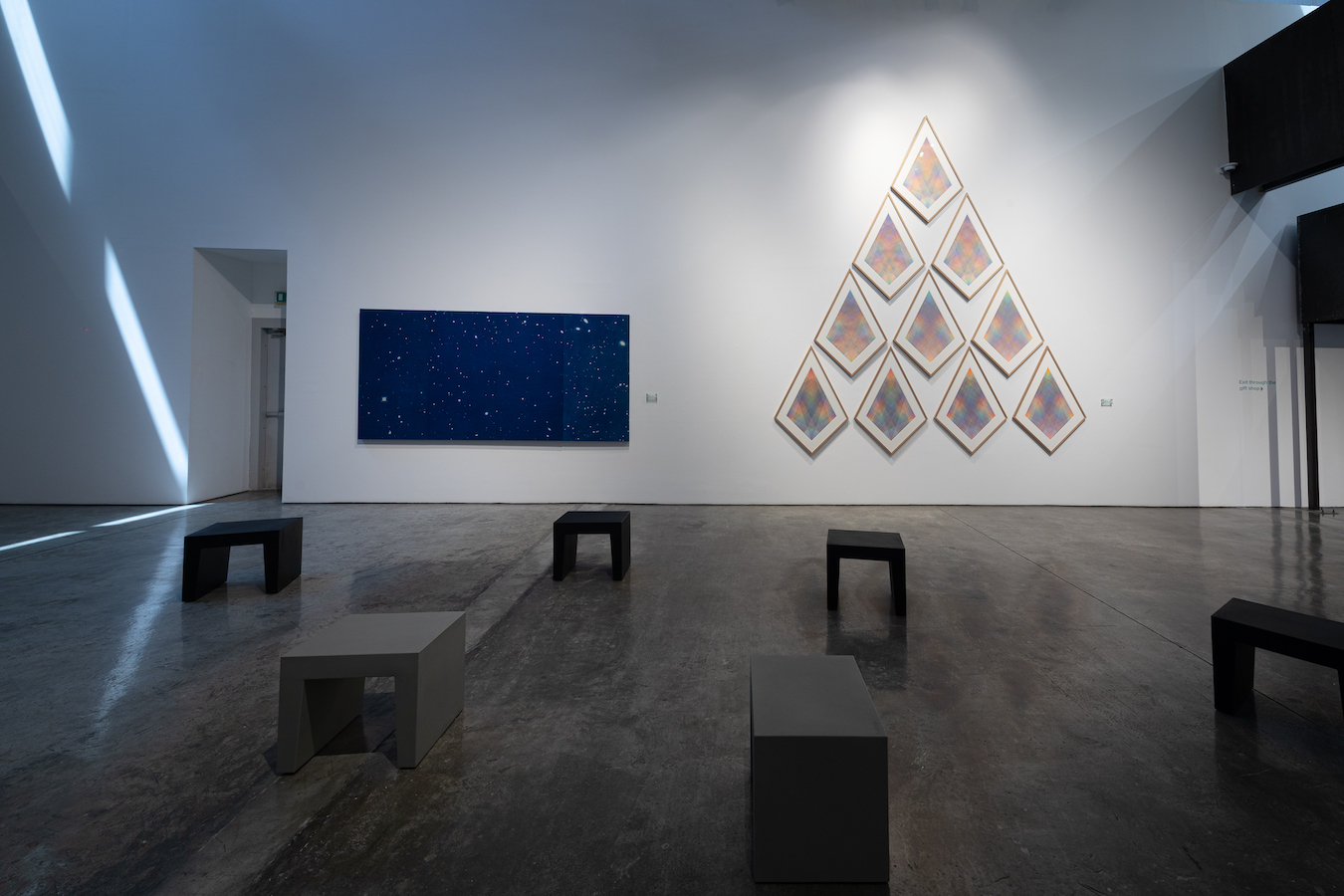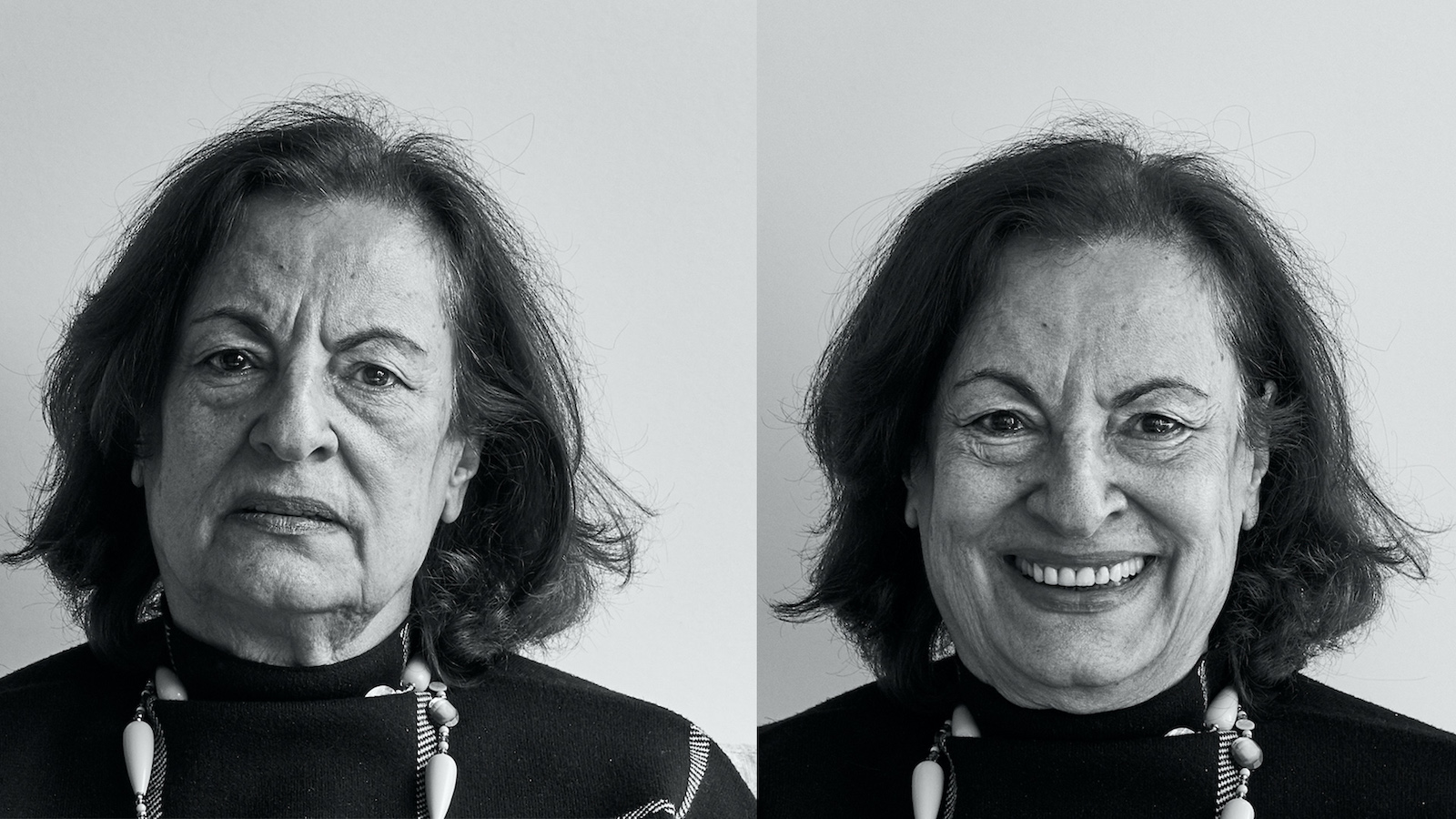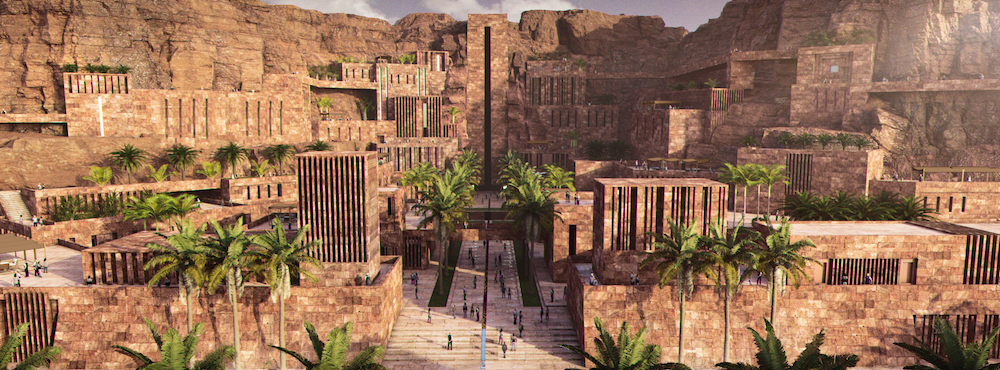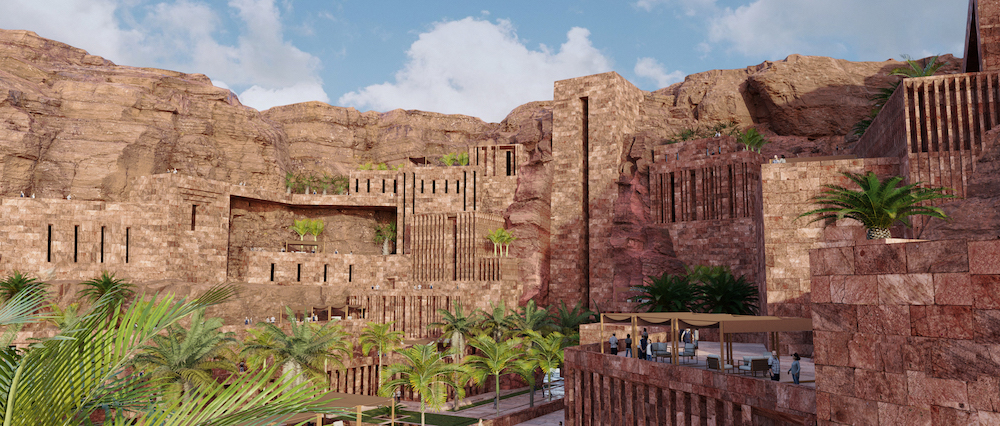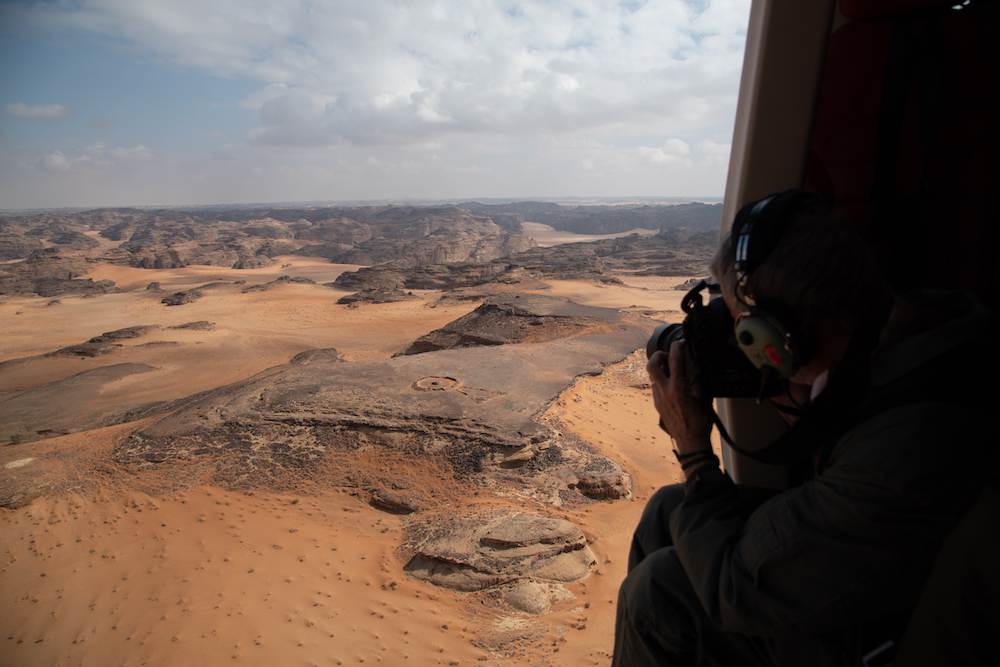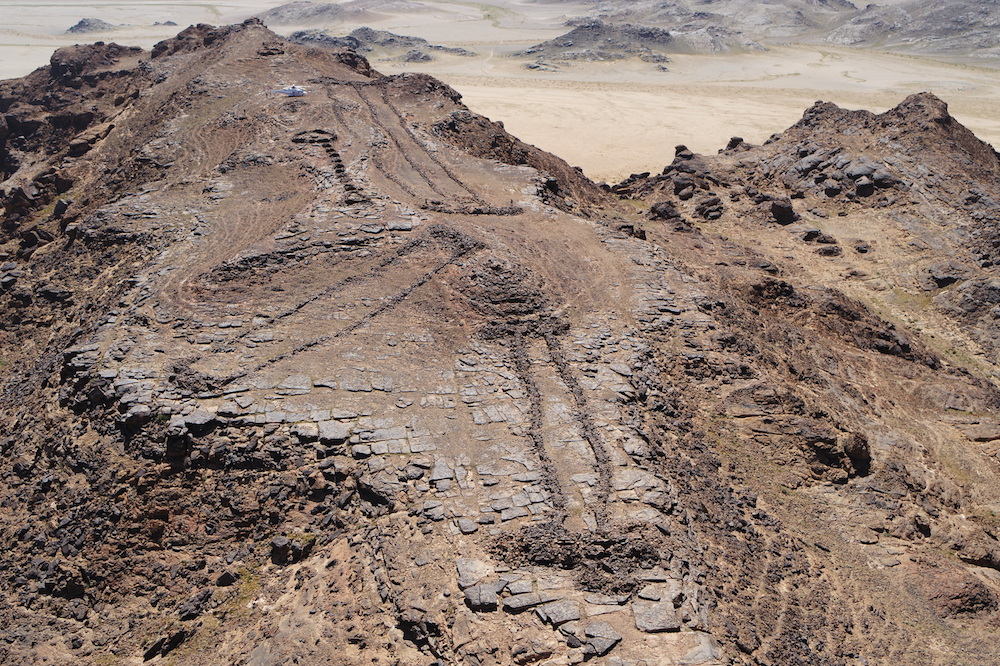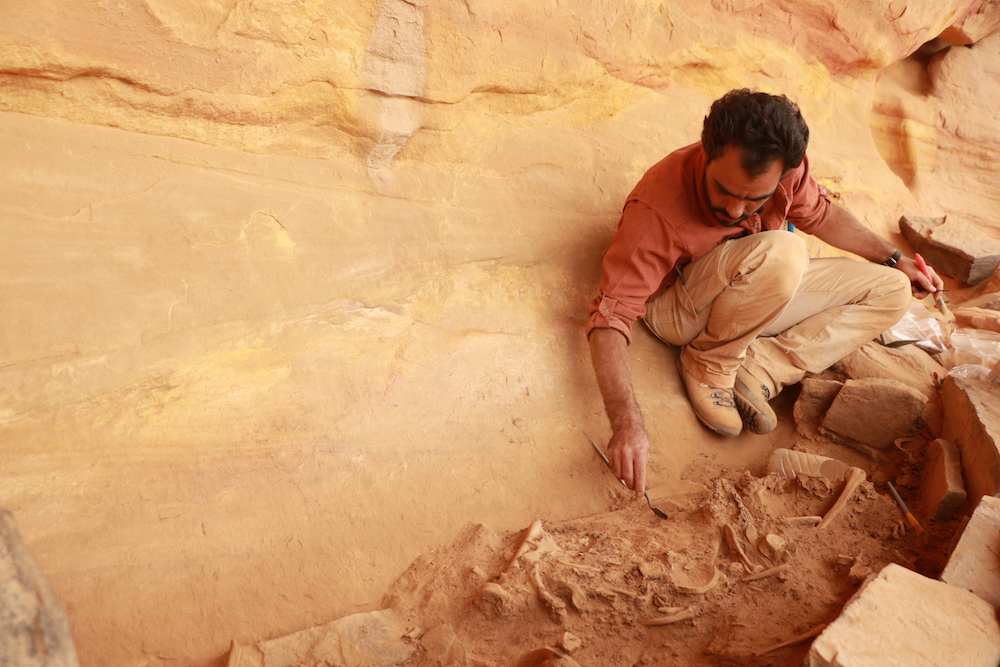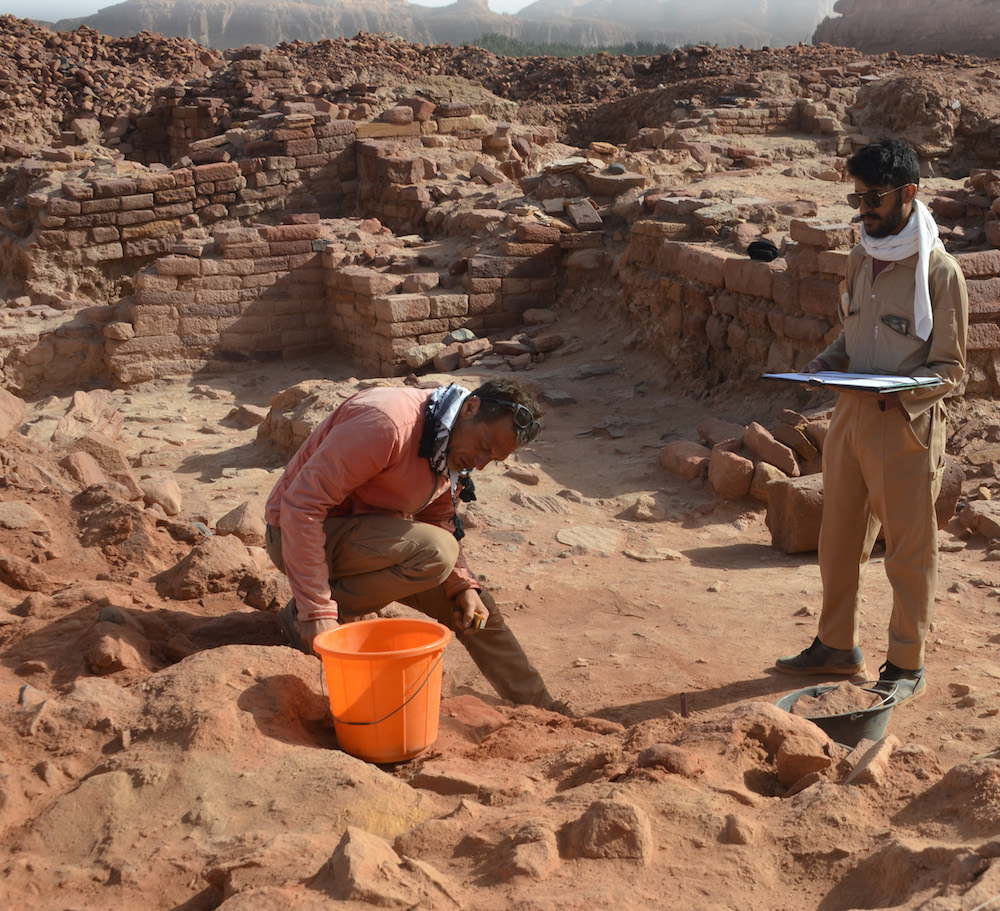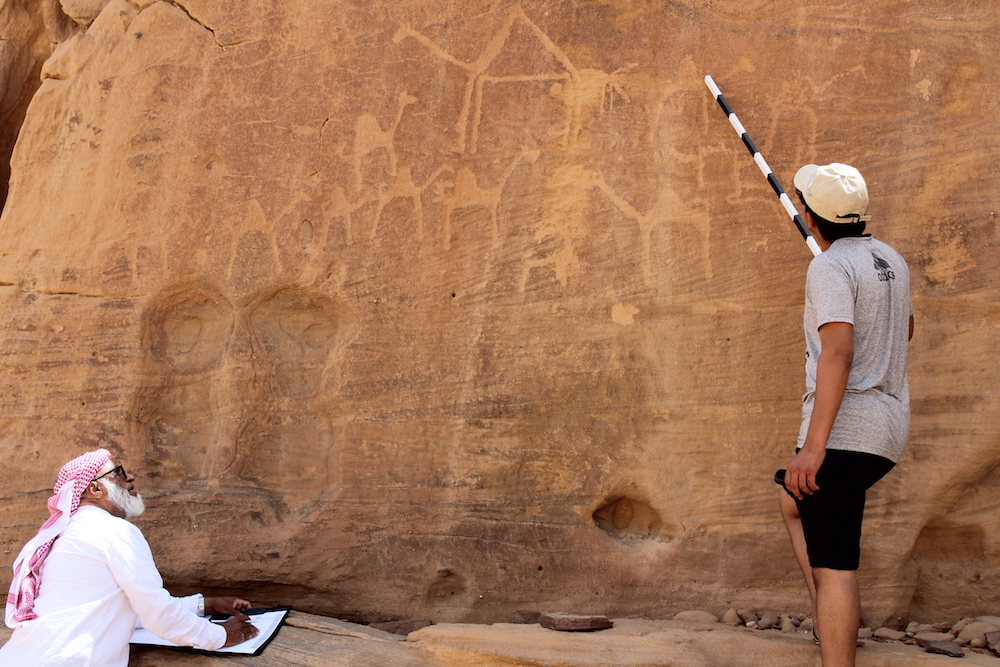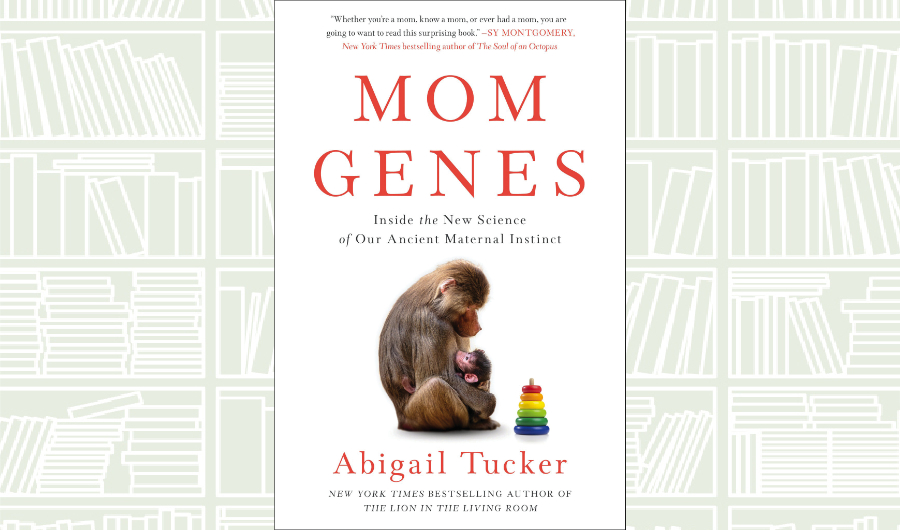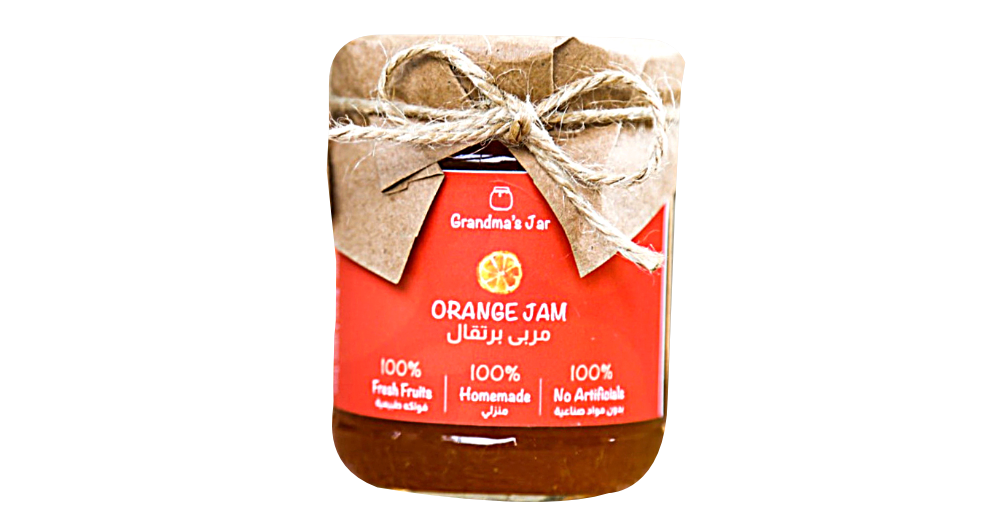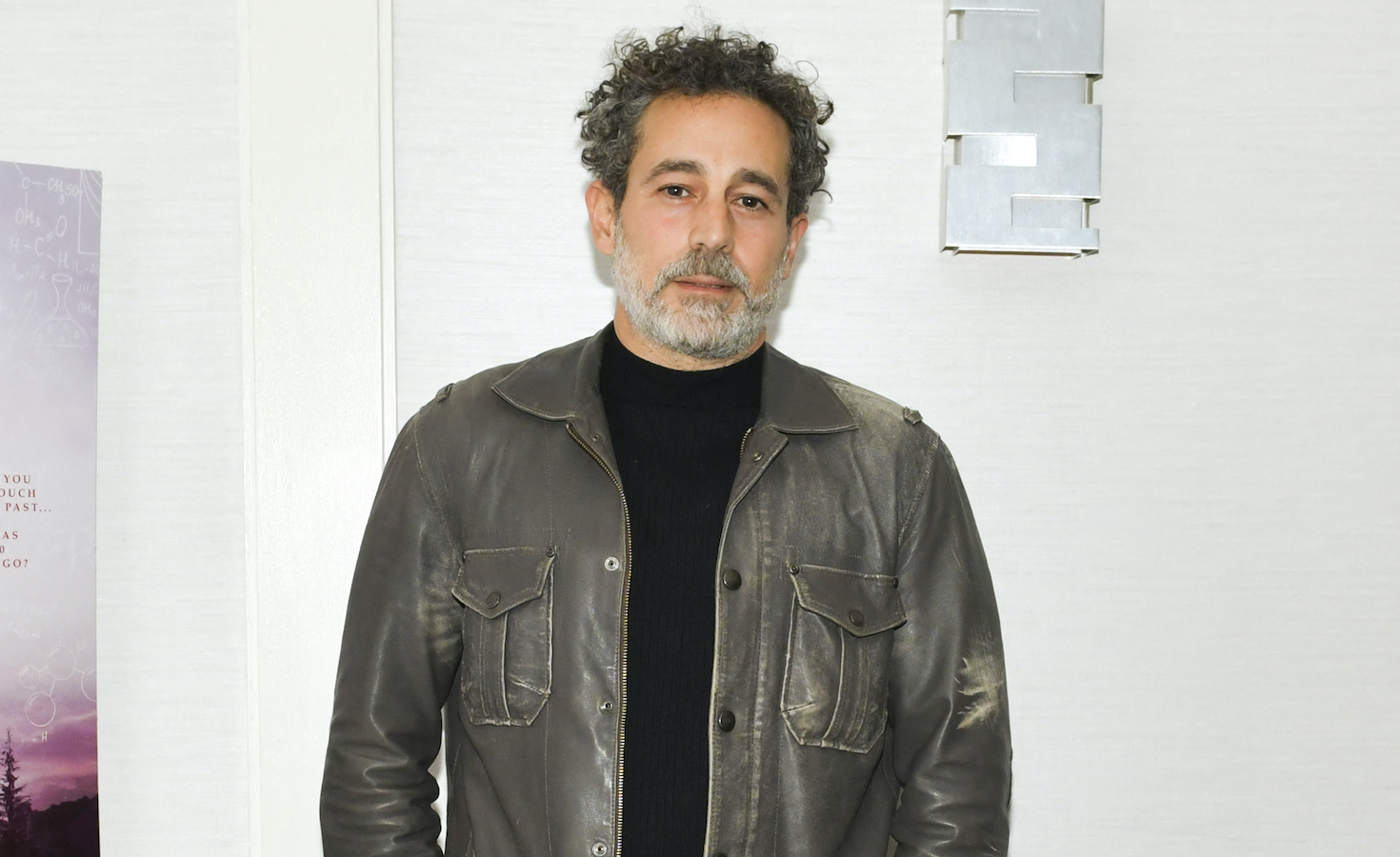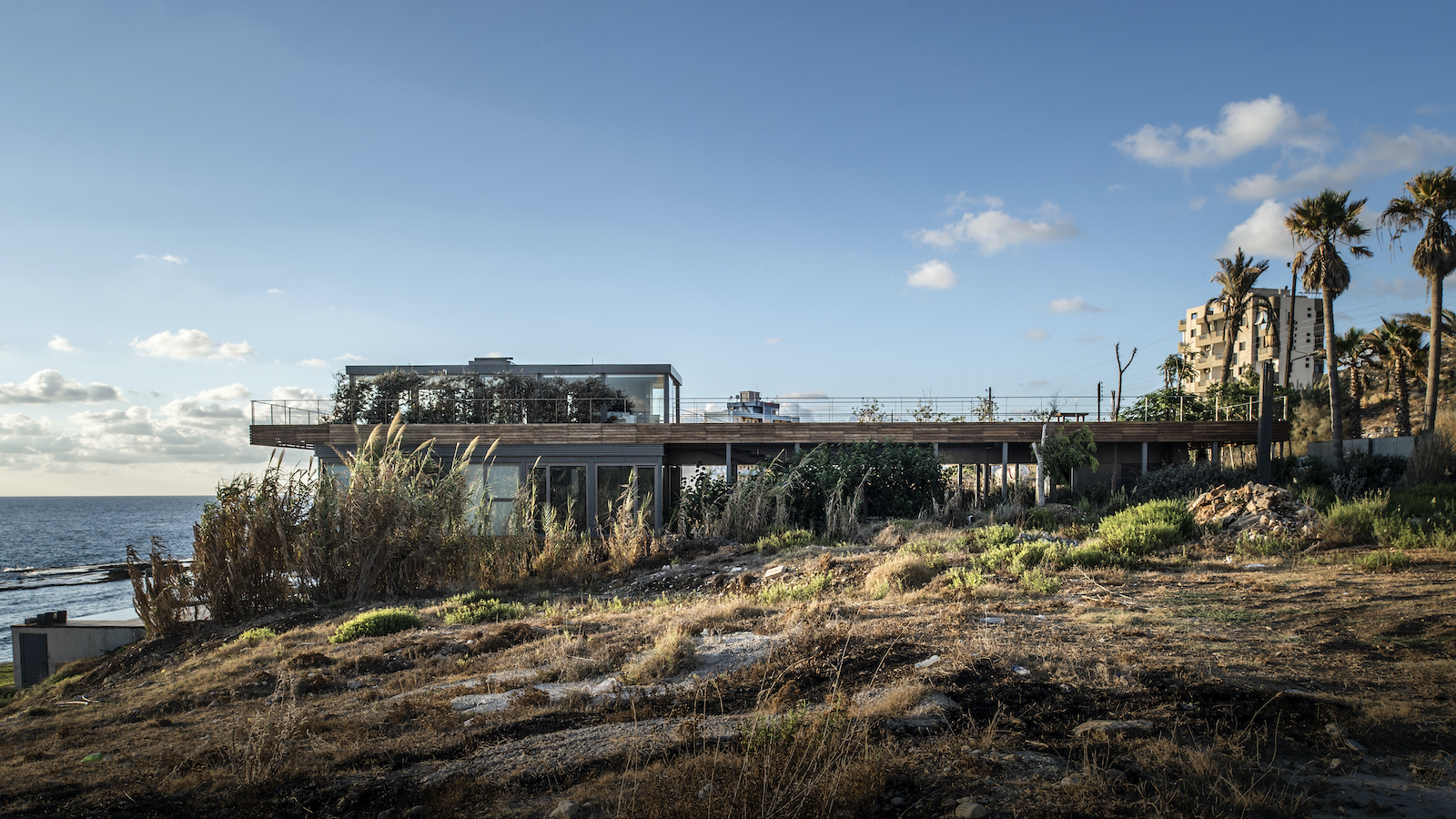BEIRUT: Tania Saleh is not generally known for mincing her words, whether in casual conversation or in song. “You come to a point in your life where you just can’t hold back anymore — you need to say what’s on your mind, regardless of the consequences,” she says of her new album, the deeply confessional “10 A.D.” (which stands for 10 Years After Divorce).
The veteran Lebanese singer/songwriter is a pioneer of the Arabic alternative-music scene, with an illustrious career spanning more than two decades, and speckled with both compelling studio releases and diverse collaborations.
As its title reveals, the LP is driven by Saleh’s decade-long experience of living in the Arab world as a divorced woman.

The LP is driven by Saleh’s decade-long experience of living in the Arab world as a divorced woman. (Supplied)
“It’s about my reflections and observations. How I’ve been dealt with, how society looks at me, and how I’ve looked back at it,” Saleh says as a preface to her no-holds-barred chronicle of the life of divorcées across the Middle East.
“The way that men see a woman after divorce is basically as fair game — like you’re willing to settle for anything and be with anyone,” she explains. “This is, of course, horrible. It’s a demeaning and humiliating way to treat women. To be honest, at the beginning, I was very angry when approached by men in this way. But then I understood that it’s part of a wider problem, especially in the social and economic context of where and how we live.”
Her native Lebanon has, for the past 18 months, spiraled through a caustic mixture of socio-economic and political crises, compounded by decades-long governmental corruption and the COVID-19 pandemic. Saleh points out that this backdrop has served to exacerbate the lives of women in the small Mediterranean nation and the choices they make.
“Because of Lebanon’s problems, a lot of men have left to work abroad, leaving many women either single or unmarried or separated from their partners,” she says. “As a result, you see beautiful, talented, educated women settling for a lot less than what they deserve. This happens all the time.
“And so,” the singer declares somberly, “it almost becomes a self-fulfilling prophecy. I wanted to address the absurdity of that whole situation on this album.”
“10 A.D.” is Saleh’s fifth LP and her third on Kirkelig Kulturverksted (KKV), the Norwegian label founded by producer and lyricist Erik Hillestad in 1974. The album is part of a long road she has taken to get here, and brings Saleh’s musical evolution full circle — especially since embarking on a painstaking path of essentially reinventing herself.
On her early work, she collaborated with her ex-husband, producer and sound engineer Philippe Tohme, whose extensive list of professional accolades includes the seminal Lebanese alt-rock band, Blend and its later, Erin Mikaelian-fronted, permutation Pindoll.
“We wanted to produce music in an honest way, as a tribute to our influences in rock, folk, funk and jazz,” Saleh recalls. “On (her sophomore 2011 LP) ‘Wehde’, the guys from Blend were, in fact, my band, and we recorded the album together. We were family.
“By collaborating with other artists that Philippe was working with at the time, like (composer and arranger) Bilal el Zein and (producer and entrepreneur) Michel Elefteriades, we created a sound that married our rock roots with more-mainstream Arabic music.”
Saleh candidly admits that after the dissolution of her marriage to Tohme, with whom she has two sons, she no longer had access to her support system. “I had to find myself again; I had to find a new formula, and this was very hard,” she says. “That was the beginning of those 10 years that this new album is about.”
The arduous process included “deep reflection on who I am as a woman, as an artist and musician. It was hell for more than two years, but my attitude was, ‘Either you stand up now and survive, or it’s all over.’”
This led Saleh to reconnect with an old passion of hers. “If you listen to songs like ‘Hsabak’ or ‘Habibi’ (off her self-titled debut album), they are clearly influenced by bossa nova. So, I wanted to take that further and start to incorporate classical arrangements.”
Following the release of her 2014 album, “A Few Images,” she also began exploring the idea of introducing electronic music into her arrangements, a crucial step in the rejuvenation of her overall sound.
“I love Bob Dylan, but I don’t love that he’s had the same style for 70 years,” she says. “I prefer Joni Mitchell, who changed with every album she did. She’s a huge influence on me.”
The realization of “10 A.D.” comprised an intricate process of arranging about half of the songs she had written with Dr. Edouard Torikian, a professor of music theory at Lebanon’s Kaslik University, who had previously captivated Saleh with his complex, quarter-tone-infused choral arrangements. The remainder of the tracks were conceived with the help of “another band I had worked with before, whose influences were much more on the Brazilian music side of things.”
She knew that this time, however, she had to break out of her comfort zone. “I wanted to learn, to do something different, to find a point where rock, electronic music and classical arrangements meet with my Arabic singing and lyrics.”
Saleh sought advice from KKV, whose boss, Erik Hillestad, connected her with Øyvind Kristiansen, the Norwegian pianist, arranger, and composer. “Øyvind understood right away what I wanted to do, and the fact that I was looking for someone to unify all these songs with a particular sound,” she says.
Aside from the murky aural landscapes of “Al Marwaha” (‘The Fan’), which is a discernible homage to Saleh’s rock-oriented musical heritage, a track like “Halitna Haleh” (We Are In A Fix) is a testament to Saleh’s accomplishment of the cohesive sonic approach that she had desired all along. The piano and classical string quartet-propelled affair is delicately ornamented with Kristiansen’s strategically deployed electronic beats and sounds.
The topic of divorce is certainly not Saleh’s only focus on the record. She explores “our collective addiction to the digital world, a need to get back in touch with nature, hyper-consumerism, vanity and social pressure,” among other relevant prevailing themes.
But overall, “10 A.D.” is a musical postcard from a seasoned artist who continues to drive herself forward through self-discovery.
“I want to learn, to grow. I don’t know when my next album is going to be and what it’s going to look like. I don’t even know when I’ll perform next,” she says. “It’s hard to make plans – I can barely plan for the next few hours. But with COVID, I think a lot of us have realized how little we actually need to survive.
“I really hope that we all have as much of a desire to heed the lessons of the past and move forward as I do.”
